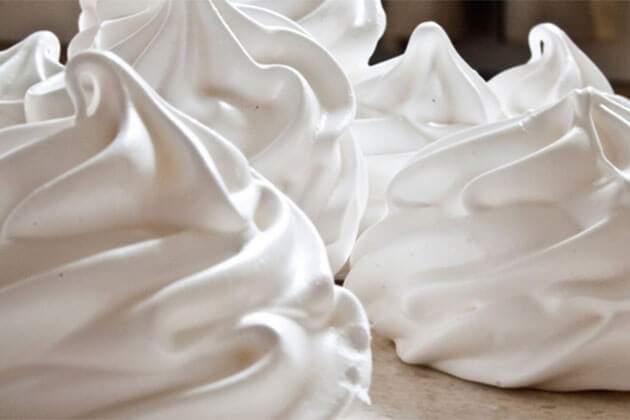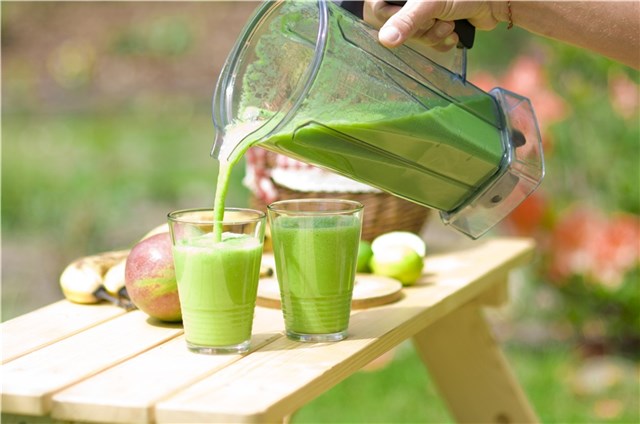No products in the cart.
Introduction
Today I’m going to explain how to make meringue. I know that for many people, myself included, this is a difficult subject. But you can make meringue knowing a few basic details. Now that we have gadgets such as whisks and kitchen robots, there are no more excuses. I’ll explain the secrets of the meringue and its three most popular types: Italian, Swiss and French. Let’s start.
Meringue is an emulsion, more specifically a foam, in which you get a dispersion of air in a liquid, in this case water and egg white proteins (mainly ovalbumin), by vigorous beating. What happens is that when you beat them, the globular proteins denature.
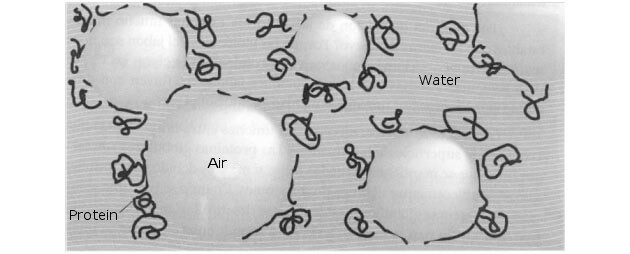
To make a foam you must provide energy by beating and add a stabilising agent such as proteins, which provide hydrogen bonds between the water and the air.
There are many stabilising agents for foams. The most common are the proteins that are present in egg whites, casein of milk, bovine serum albumin, wheat and soy gelatines and proteins.
But there are other components that give rigidity to the foam when they are dissolved in the bubble walls, such as sugar and flour. It is essential to add them when the foam is still firm, otherwise these elements dehydrate the proteins, preventing them from forming hydrogen bonds between the air and the water.
Other agents that stabilise foams are acidic substances such as vinegar, lemon juice and cream of tartar. They act by breaking weak intramolecular bonds that keep the proteins folded, then reinforce their protective coating and prevent them from becoming electrically charged.
Salt is also a classic component of foams; its ions surround the charged protein molecules and so reduce the attractive forces.
There are a series of factors that destabilise a foam. Excessive beating time and intensity can reduce the volume of the foam and its stability. There can be a dissociation of the proteins and that’s why they deflate, but it is unlikely that this will happen when you perform the process by hand. The temperature is very important; the ingredients must not be very cold because they lose viscosity and the proteins have less mobility. Therefore, it is important that the ingredients are at room temperature.
How to make meringue
It is essential to use very clean and dry utensils, without traces of grease that might impede the process. If a bit of egg yolk falls into the whites, try to remove it completely. The yolk contains surfactant molecules that prevent the proteins of the white from forming a network that stabilises the foam. The lipids bind to the hydrophobic parts of the proteins and reduce their availability to surround the air bubbles.
The whites must be at room temperature. You can’t use pasteurised whites as they don’t rise in the same way (well, you can use them but you won’t get the same result).
It is very important not to stop beating and it’s always better to start slowly and gradually increase speed until it’s done. Intense beating of the whites reduces the size of the air bubbles, causes a reduction in surface tension and increases the strength of the bond between the air and the liquid.
You can see the basic recipes of the three classic meringue types below.
How to make Italian meringue
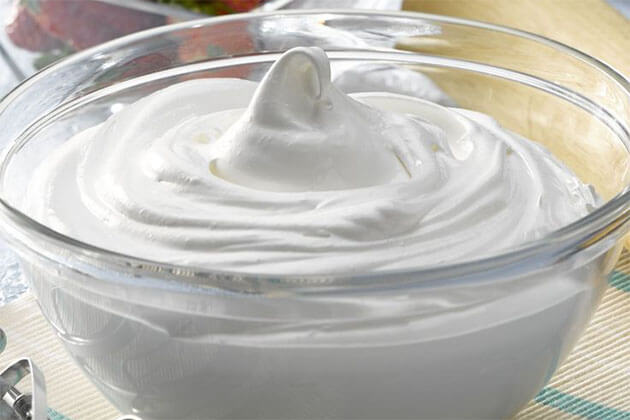
Ingredients:
- 150g sugar
- 50g water
- 3 egg whites
- 1/2 teaspoon of cream of tartar
- 1 pinch of salt
Put the water and the sugar in a pan and boil for 8-9 minutes; you will get a light syrup. While making the syrup, start beating the whites with the cream of tartar and the salt. When you have the syrup and while continuing to beat, add it to the whites in a fine drizzle. Continue beating until it is hard and shiny.
How to make Swiss meringue
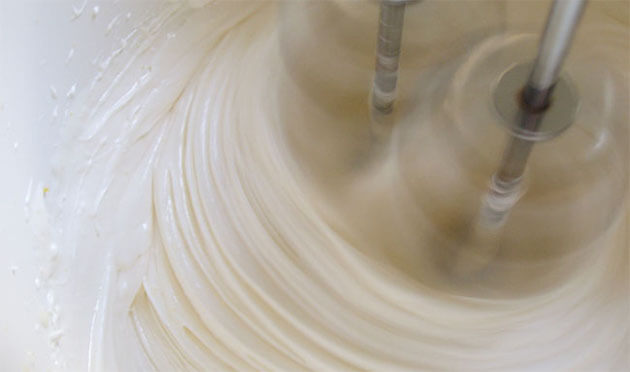
Ingredients:
- 4 egg whites
- 200g sugar
- 1 pinch of salt
- 1/2 teaspoon of cream of tartar
Prepare a water bath. Put all the ingredients in a bowl and put this on the hot but not boiling water. Beat for 10-12 minutes until it is firm and shiny. It’s important it doesn’t become grainy as this will make the meringue lose its stability.
How to make French meringue
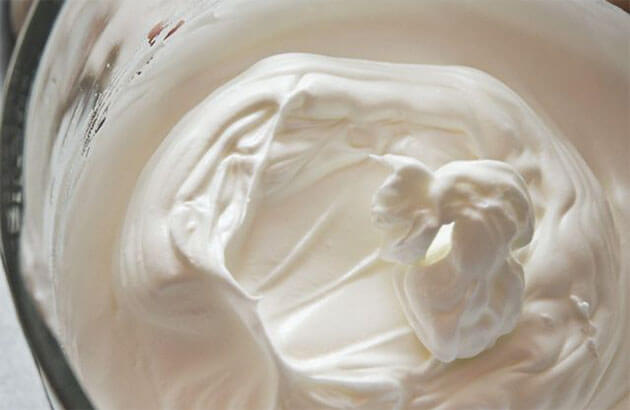
It is very basic and must be used immediately because it often deflates very quickly.
Ingredients:
- 4 egg whites
- 20g sugar
- 1/2 teaspoon of cream of tartar
- 1 pinch of salt
- 100g icing sugar
- 100g sugar
Beat the egg whites with the whisk at low speed for some 3 minutes. Continue beating at higher speed and add 20g sugar, salt and cream of tartar.
Add the remainder of the sugar, mixing until the meringue is hard and firm.
If you’re fed up of it dripping after a couple of hours, remember that this happens to us all, it’s normal and happens more when the meringue is in contact with other preparations, creams, etc. That’s why it’s so important to use a stabiliser such as cream of tartar and also to eat it as soon as possible.
You may have noticed that normally you use 50g of sugar per egg white; this rule will help you make meringues with the right number of whites you need.
I hope you have learned a little more about the culinary technique of making meringue and will try all the varieties we have suggested. When you make it, tell us how it went for you.
My preferred recipe is Italian meringue; it seems simple to prepare and comes out best for me.
Mi nombre es MªÁngeles Cano Villalba, pero llámame Geles. Soy Dietista-nutricionista y cocinera aficionada. En Natural Castelló voy a ayudarte a cuidar tu alimentación y tu salud.



